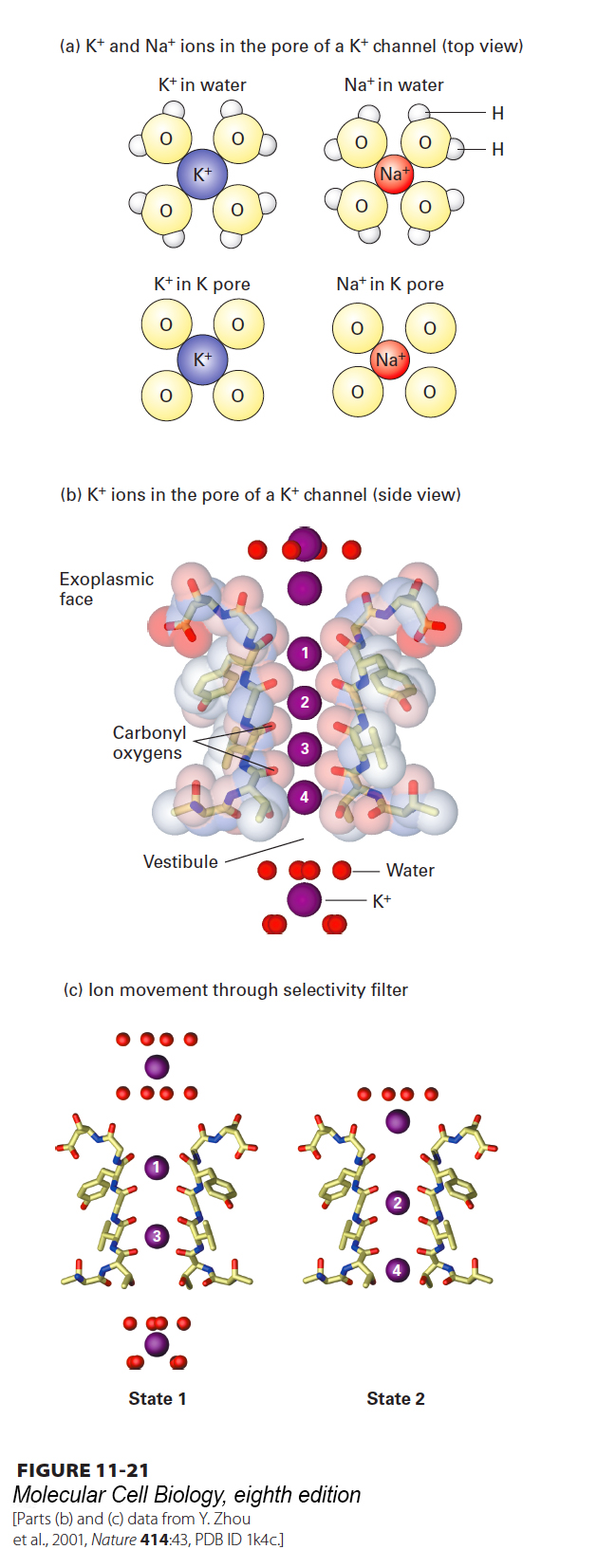
FIGURE 11- l- h- x- e—
[Parts (b) and (c) data from Y. Zhou et al., 2001, Nature 414:43, PDB ID 1k4c.]